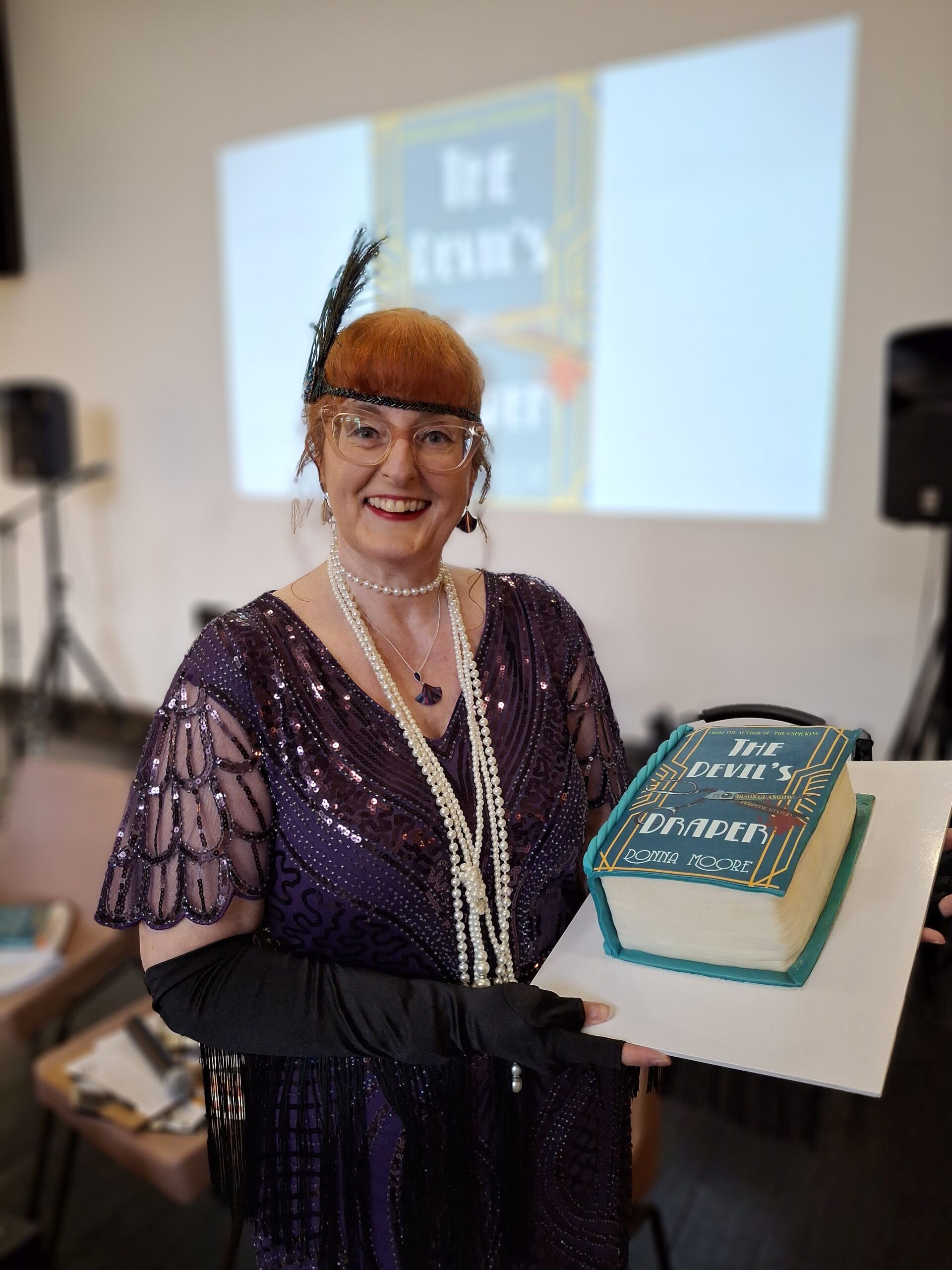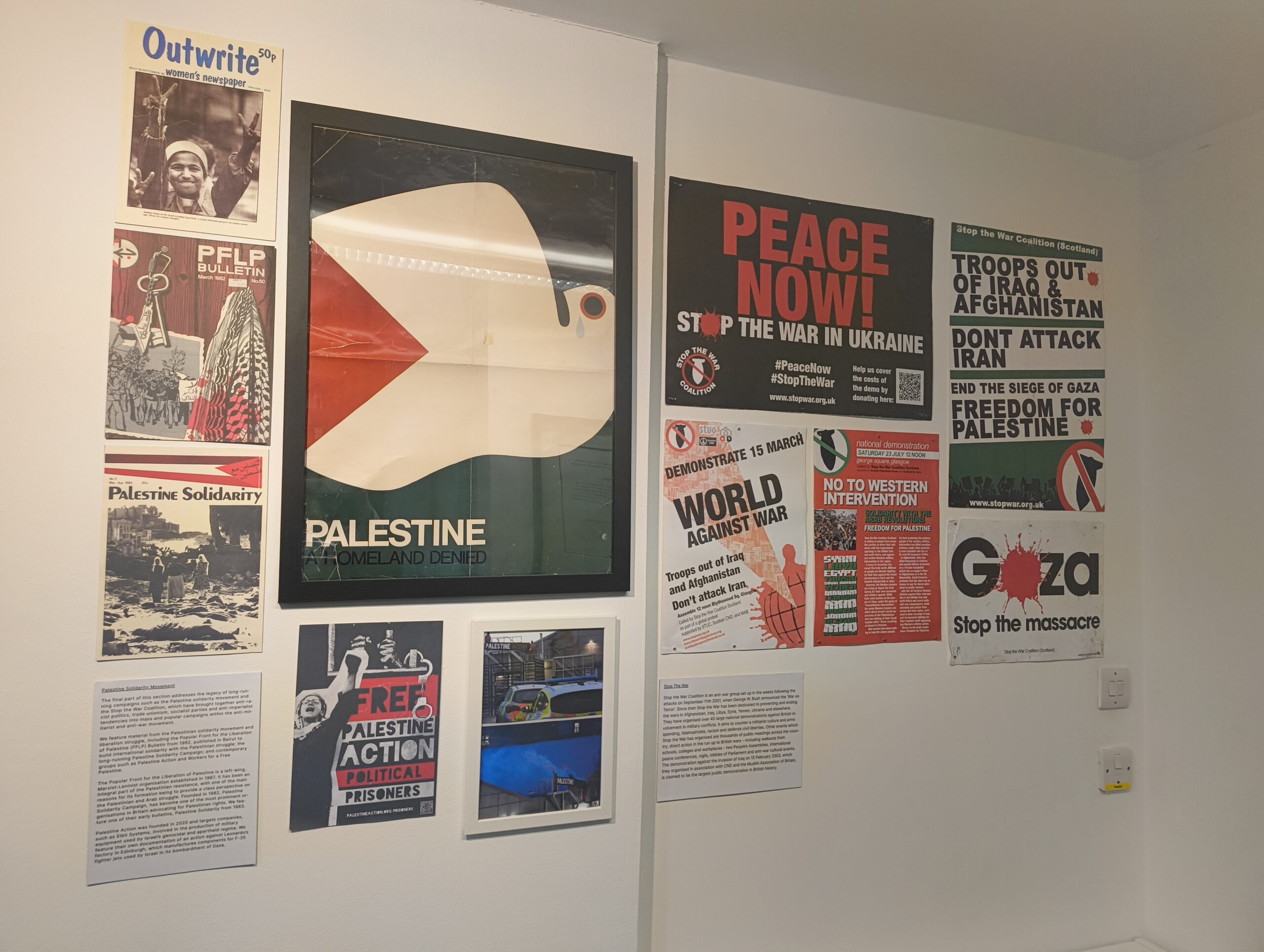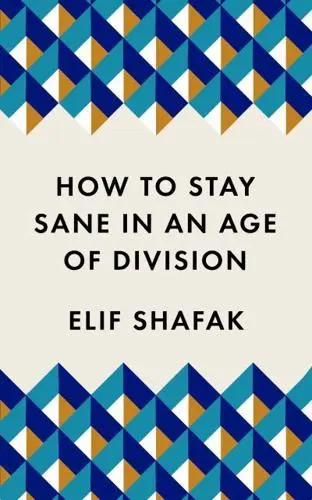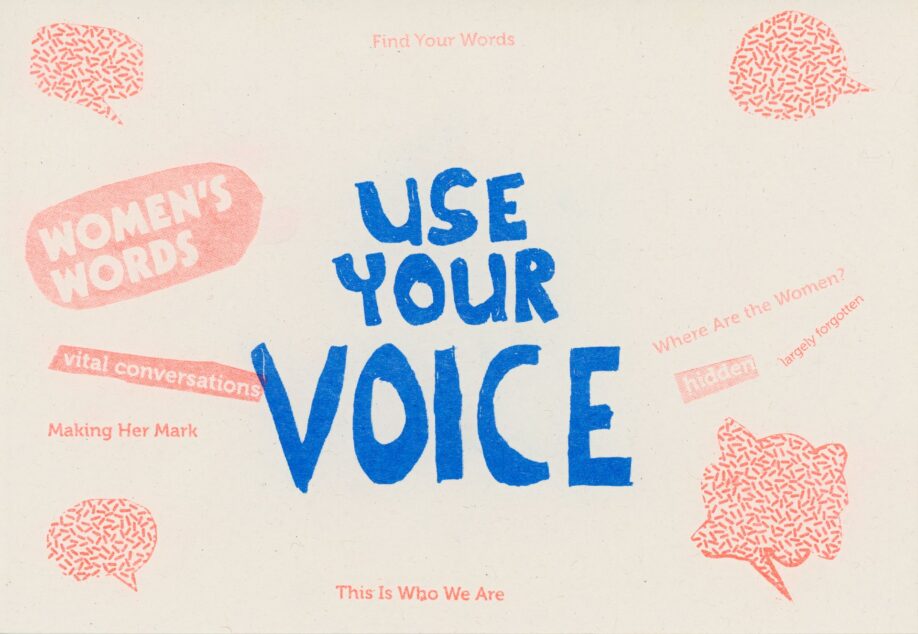Here are some activities you can do while spending time in your local park, woods, nature reserve, or any natural place, to help you do some creative writing. You can respond to these in any language (or combination of languages), and there’s no wrong answers. You can adapt these to do inside your home or other spaces as well.
Activity One: Using Your Senses
In this activity you gather words based on what you see/hear/smell/feel in nature, and write them together in a way which feels meaningful to you, or as if it tells a story. It doesn’t have to rhyme and can be in any language, and you can use it to write a poem, a short story, a song – or even inspire you to draw or paint something.
Step One: Senses
As you step into the woods/park/nature reserve, take a few minutes walking around and consider four of your senses: What can I hear? What can I see? What can I feel? What can I smell?
As you do, note down words or phrases describing your experience:
What Can I Hear?
Examples: twee-twee-twee – bird song – traffic in the distance – the crunch of my shoes – leaves – the wind.
What Can I See?
Examples: the light on the trees – the deep colour of the soil – stones – birds – a lost glove.
What Can I Feel?
Examples: The wind on my face – the feel of the ground beneath my shoes – stones under foot – the cold of the rain – sweat.
What Can I Smell?
Examples: rain – earth – moss – damp – rich – green.
Feel free to go as ‘out of the box’ as you like with your answers: if you want to make up new words to show the sound of the bird song for example, or a new combination of words to describe the smell, then please do!
You might also want to consider the fifth sense of taste, or your emotional senses, for example asking yourself as you move through nature: how do I feel?
Step Two: Make it into a piece of writing
Read through all of your words and phrases that you have jotted down, and see if you can use some of them together to make a piece of writing describing your experience of your surroundings. For example, you could do a song with a few lines given to each sense, or you could combine them together. For example:
Twee- twee- twee call the birds,
In the deep soil woods behind my house.
Rain and earth and moss grow here
And the cold of the rain
And the wind on my face
All of them live
In the woods behind my house.
Alternatively, you could cut or tear out the words you have written down, and arrange the pieces of paper in a particular order to make a poem. You could even lay them out in a special way in the woods/park/nature reserve and take a picture, though remember to bring them back with you and not litter. For example:
Twee twee twee
The deep colour of soil
The feel of the ground under my shoes
The wind a lost glove
Rain rich leaves.
Activity Two: Free Writing
Another creative writing activity which you may like to try is ‘free writing’. Simply put, free writing is when you just keep your pen moving and write whatever comes without trying to control it (even if it doesn’t make sense or isn’t even words but is instead sounds). The important thing is to let your mind be free, and don’t stop your pen moving!
When you enter your chosen natural space, take some time walking around and paying attention to your surroundings. As you walk, think about the questions about your senses above and just observe your experience: what is it like, moving through this space now? Is your body cold or warm, how do your feet feel on the ground, what can you hear?
Do this for fifteen minutes or so, and then find a quiet place in the woods to get out your pen and paper and allow yourself to just write whatever comes to you.
Write without stopping for three minutes (you could set an alarm) or for a set number of pages in your notebook. You may also feel a natural time within you to stop or keep going for a minute more, and that’s okay too.
Read back through what you have written, underlining any sentences or words which you find interesting. Could there be an idea here, in the free writing which has come from you in this space, which you could use like the words in the senses spiral in activity one, to make something new from?
Try picking out a line, idea, or even selection of words from your free writing and using them to make a new piece of writing: a poem, a song, a short story. You may even feel your free writing in itself could be a new piece, and if so you could read back over it and ‘edit’ it; i.e. see what things you might want to neaten or make clearer, or maybe where you may want to add something more.
These activities were created by Nadine Aisha Jassat, National Lifelong Learning Development worker at the Glasgow Women’s Library.





